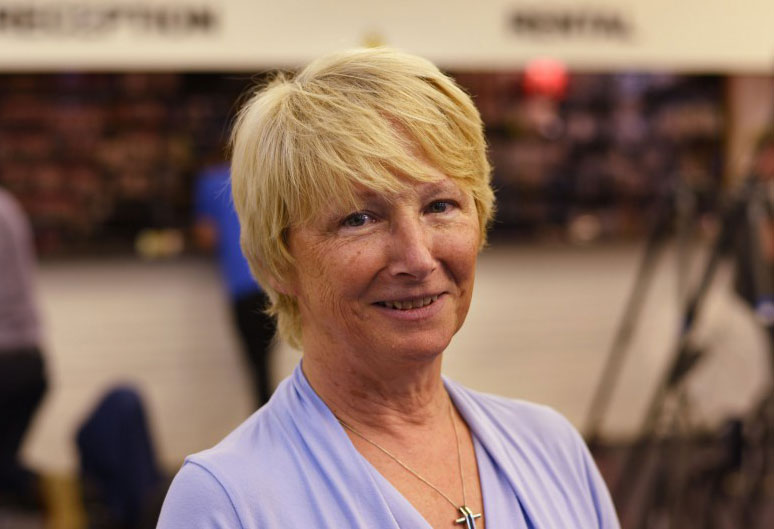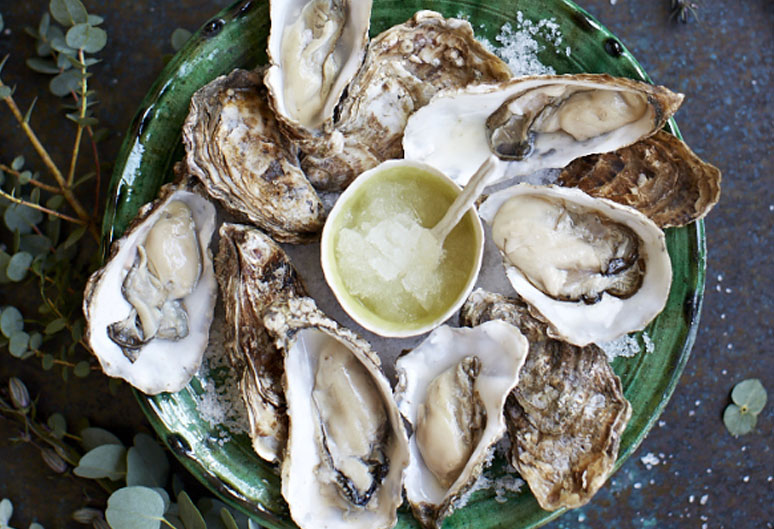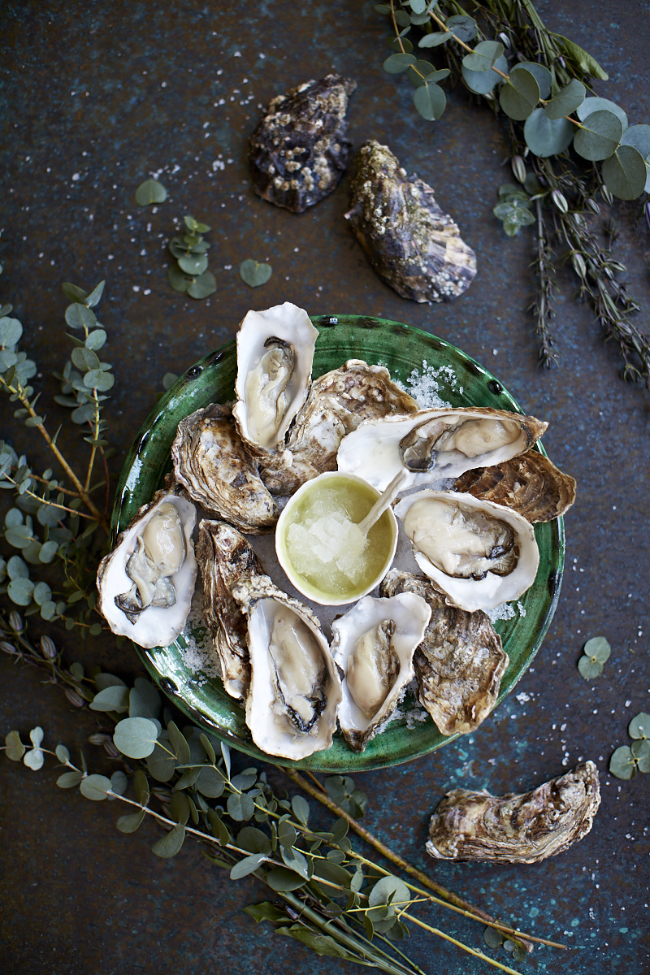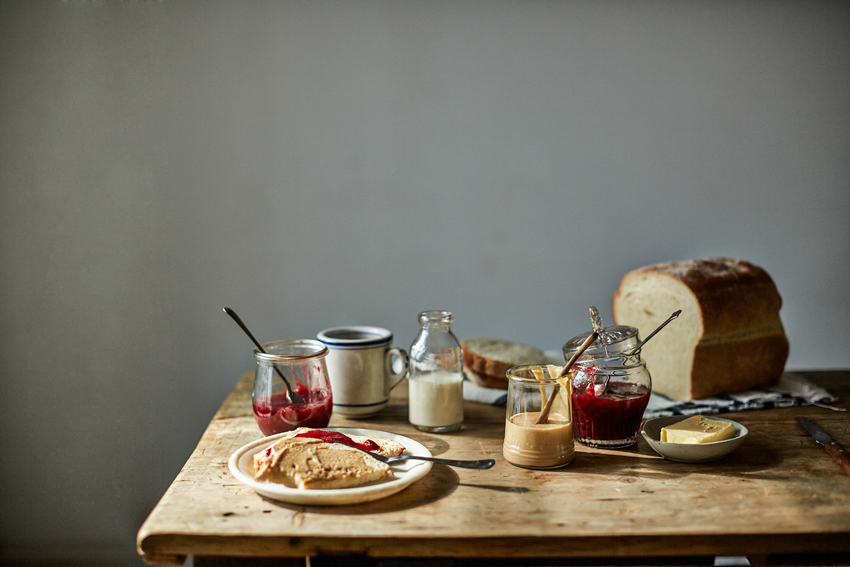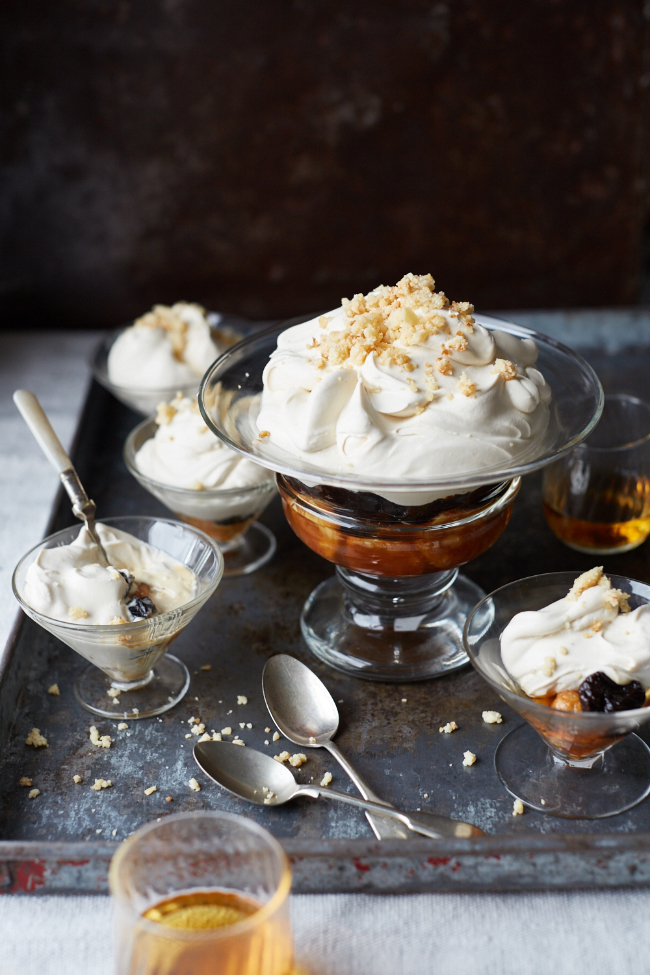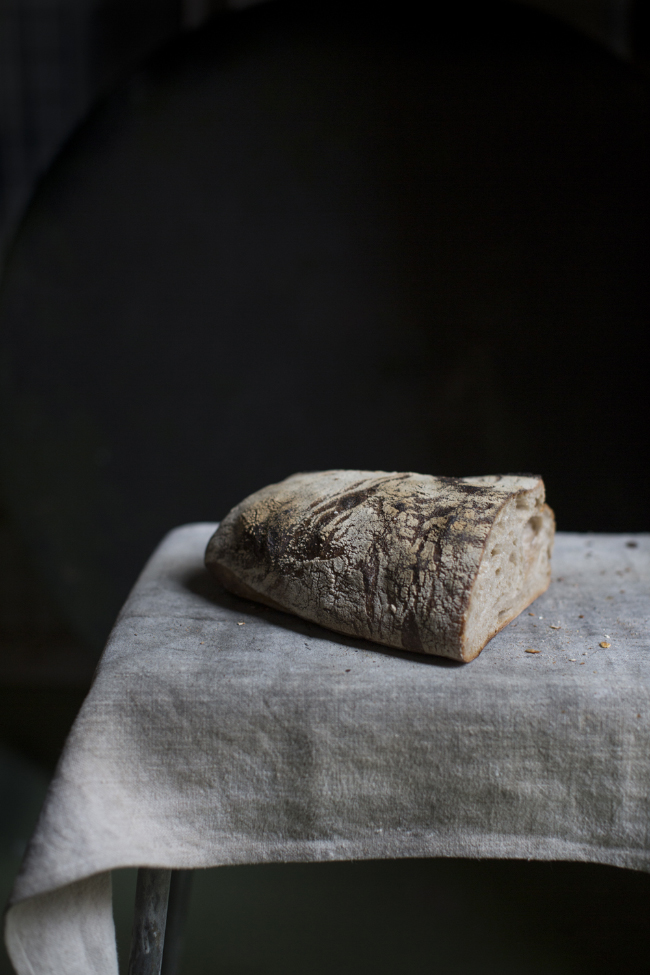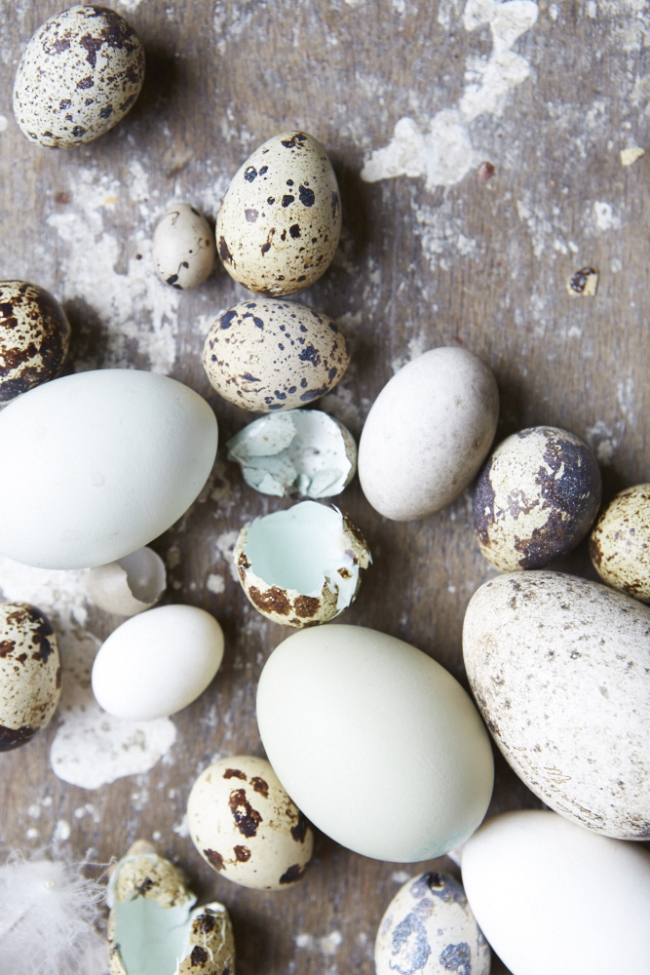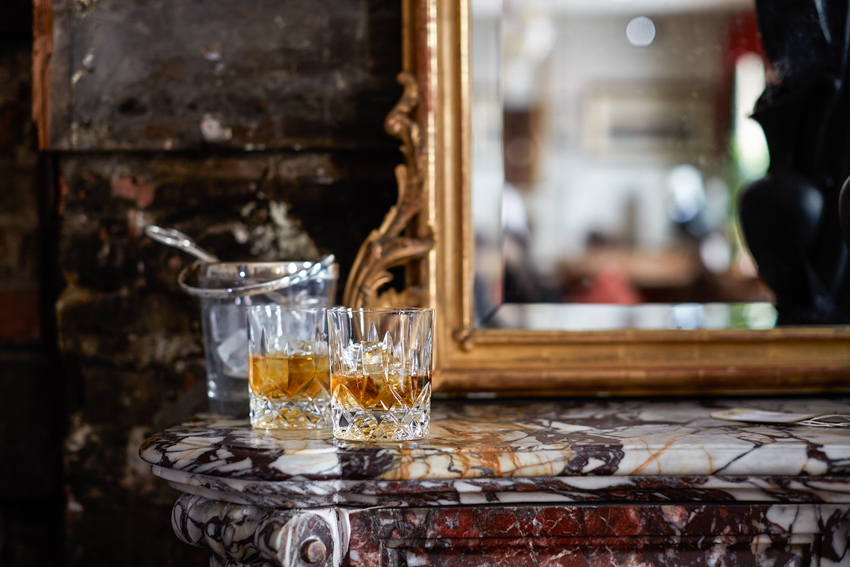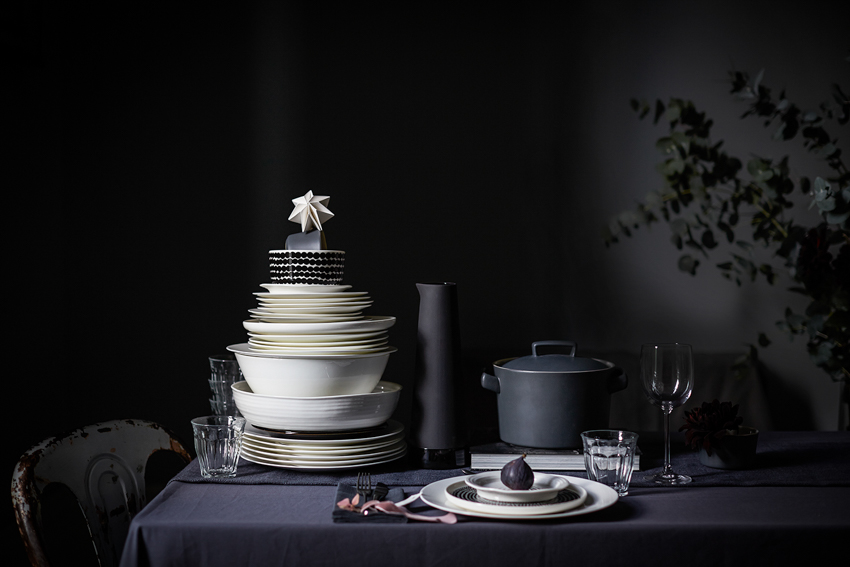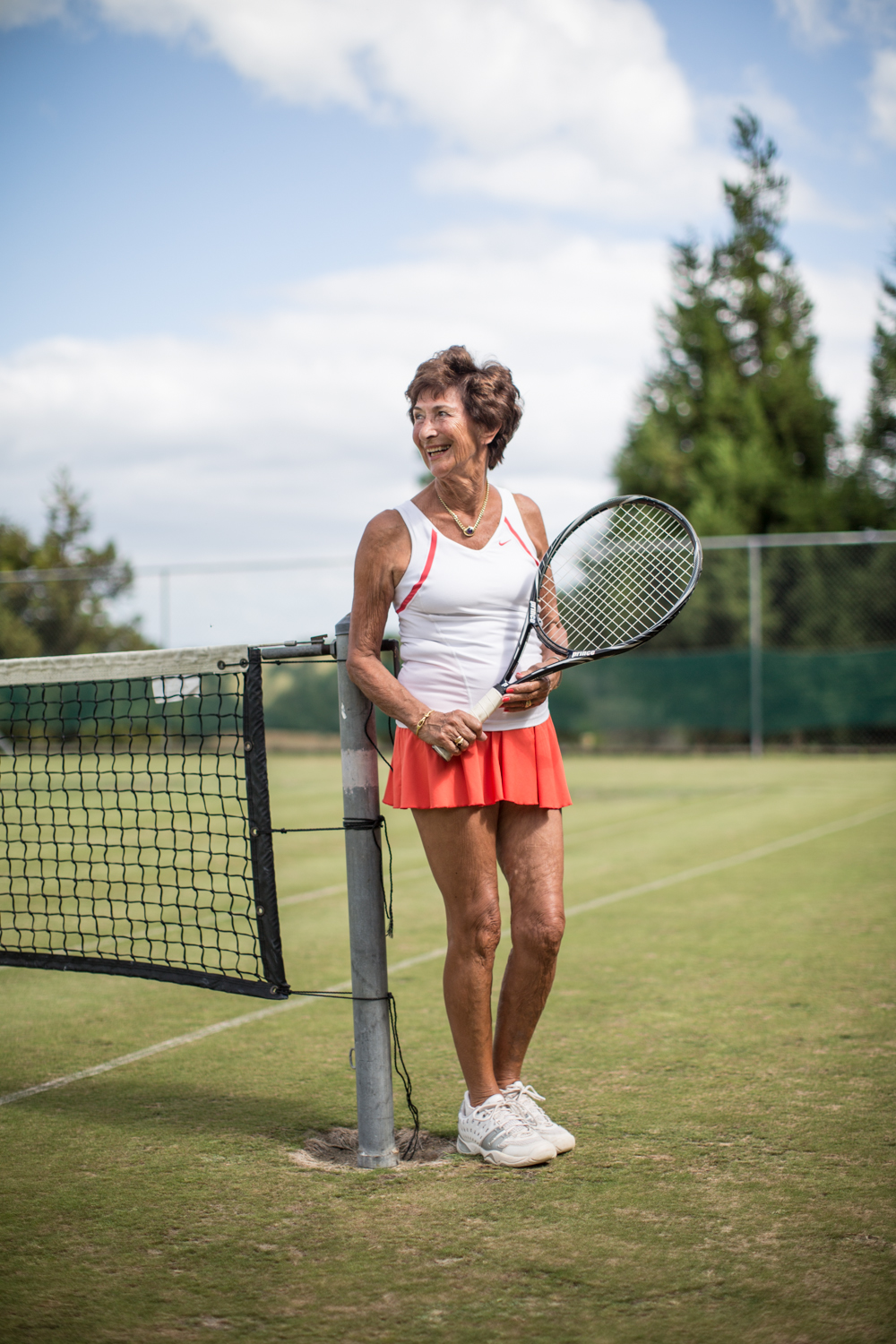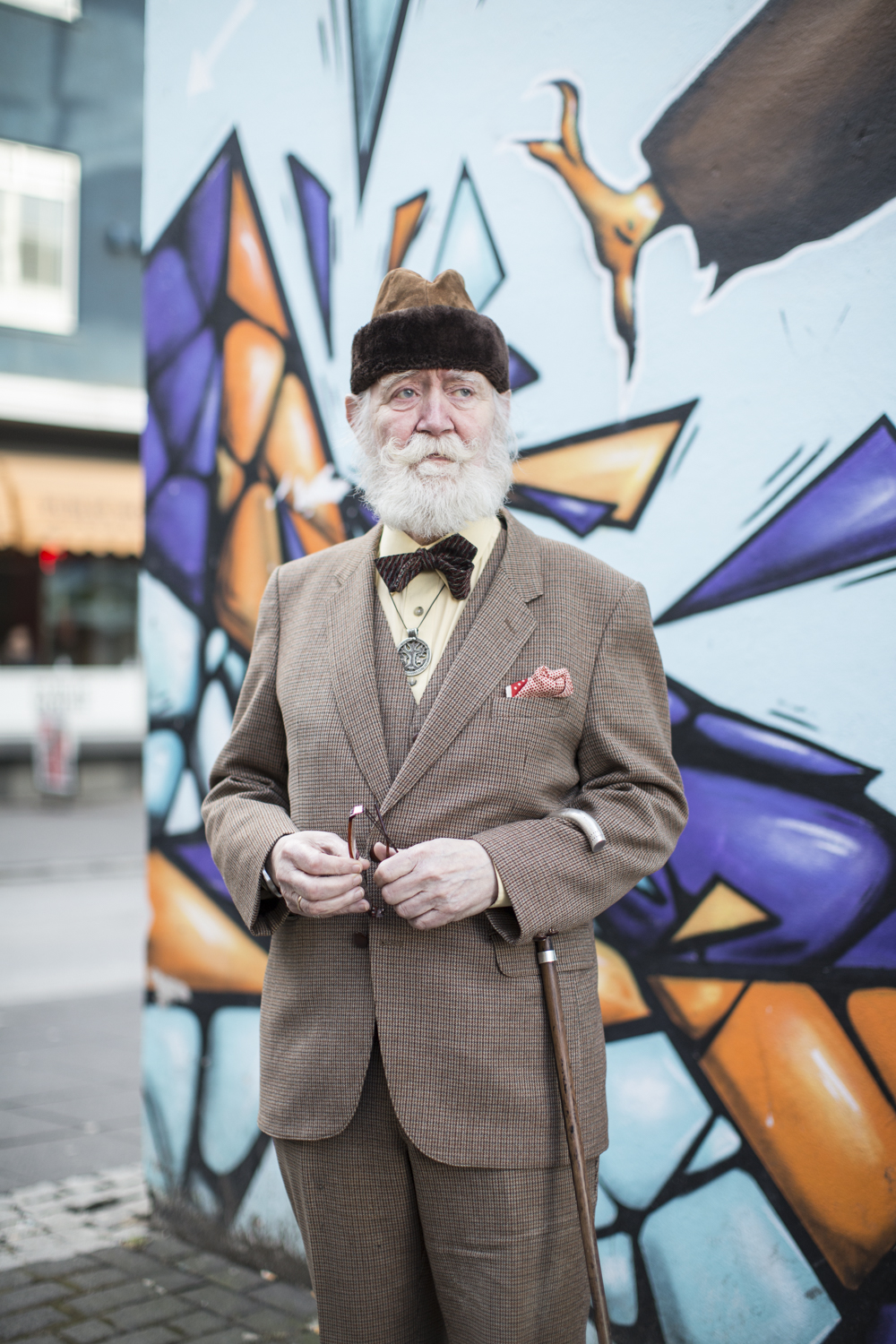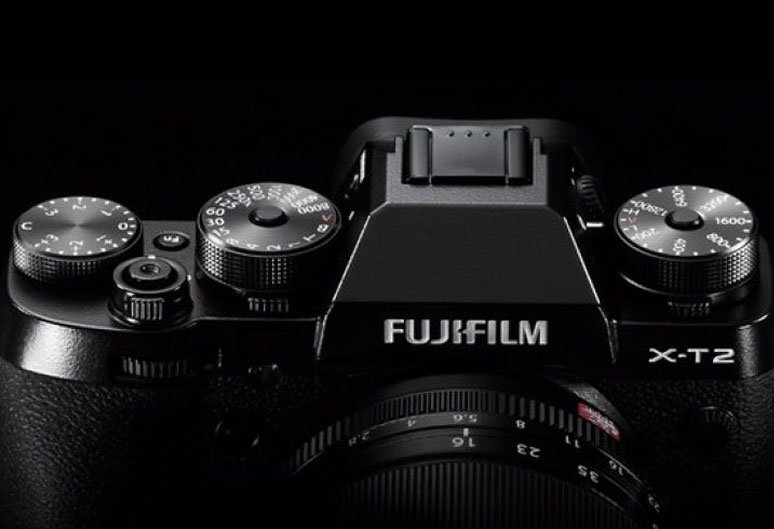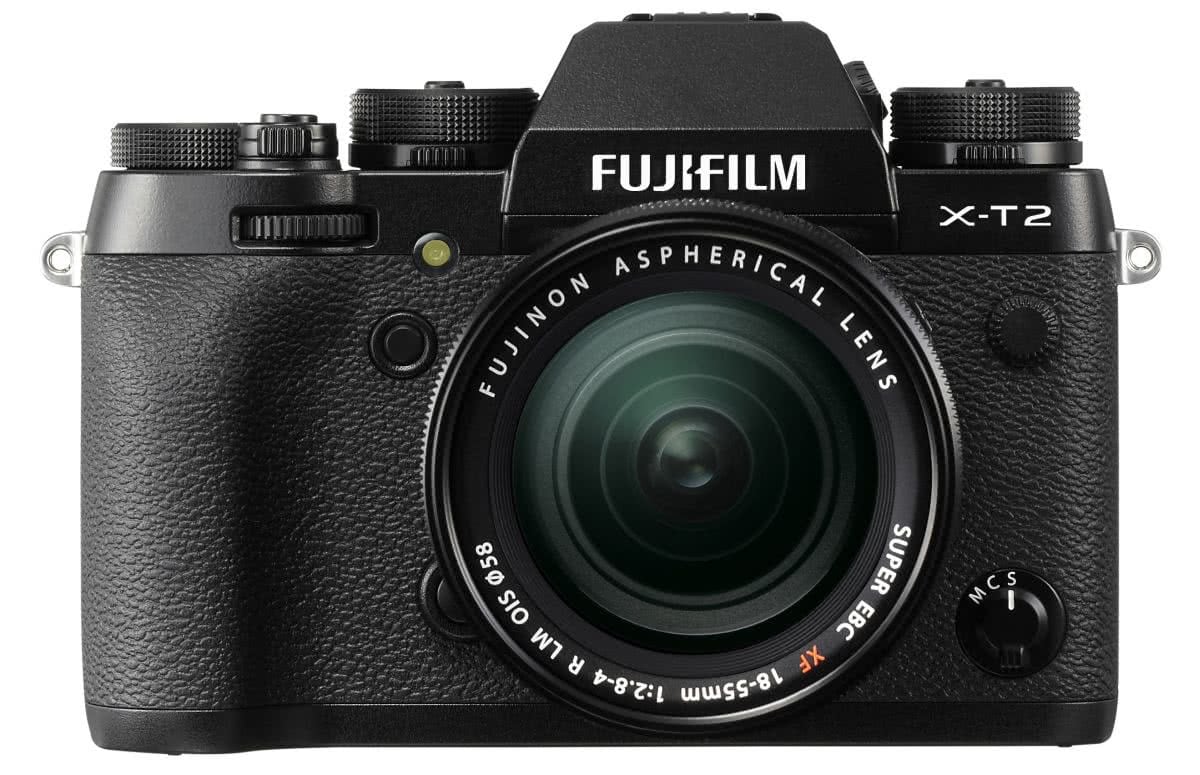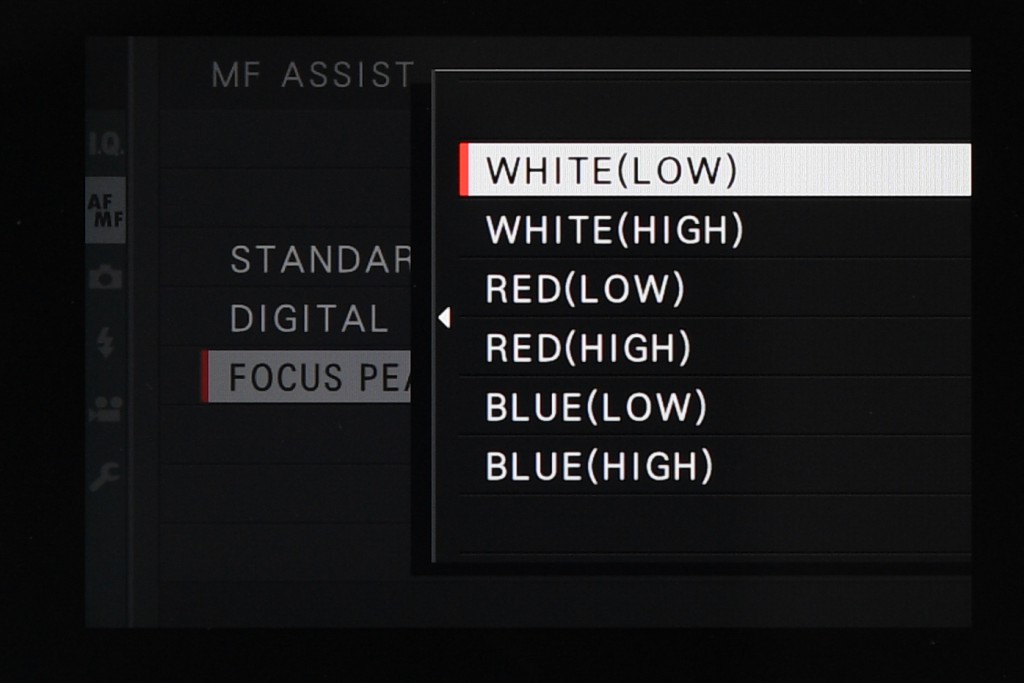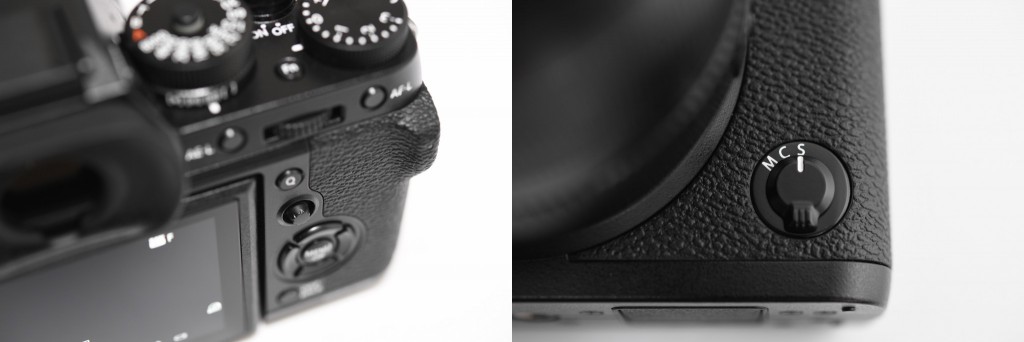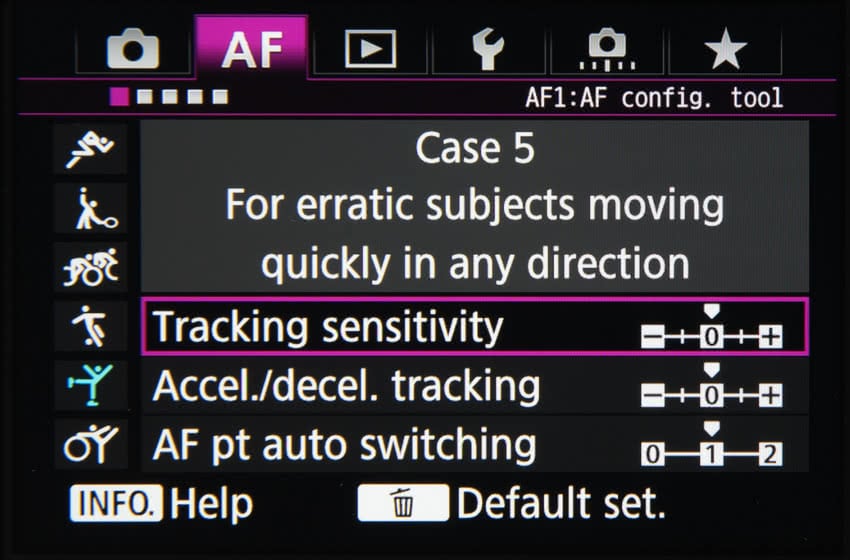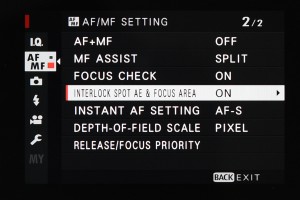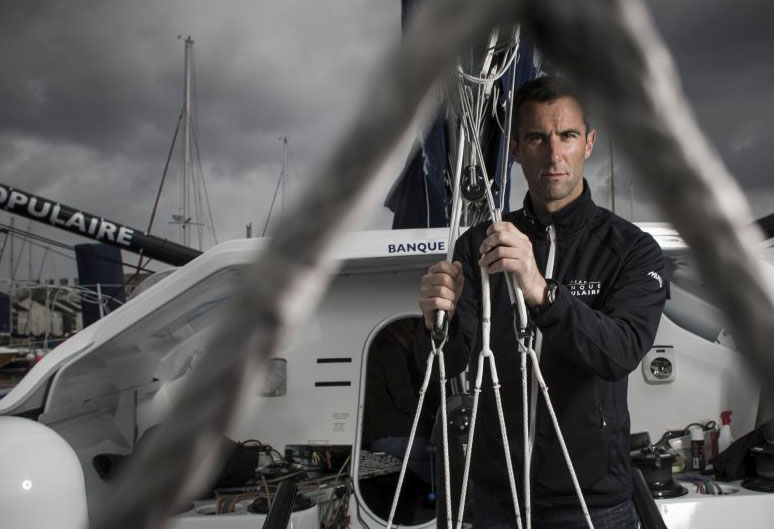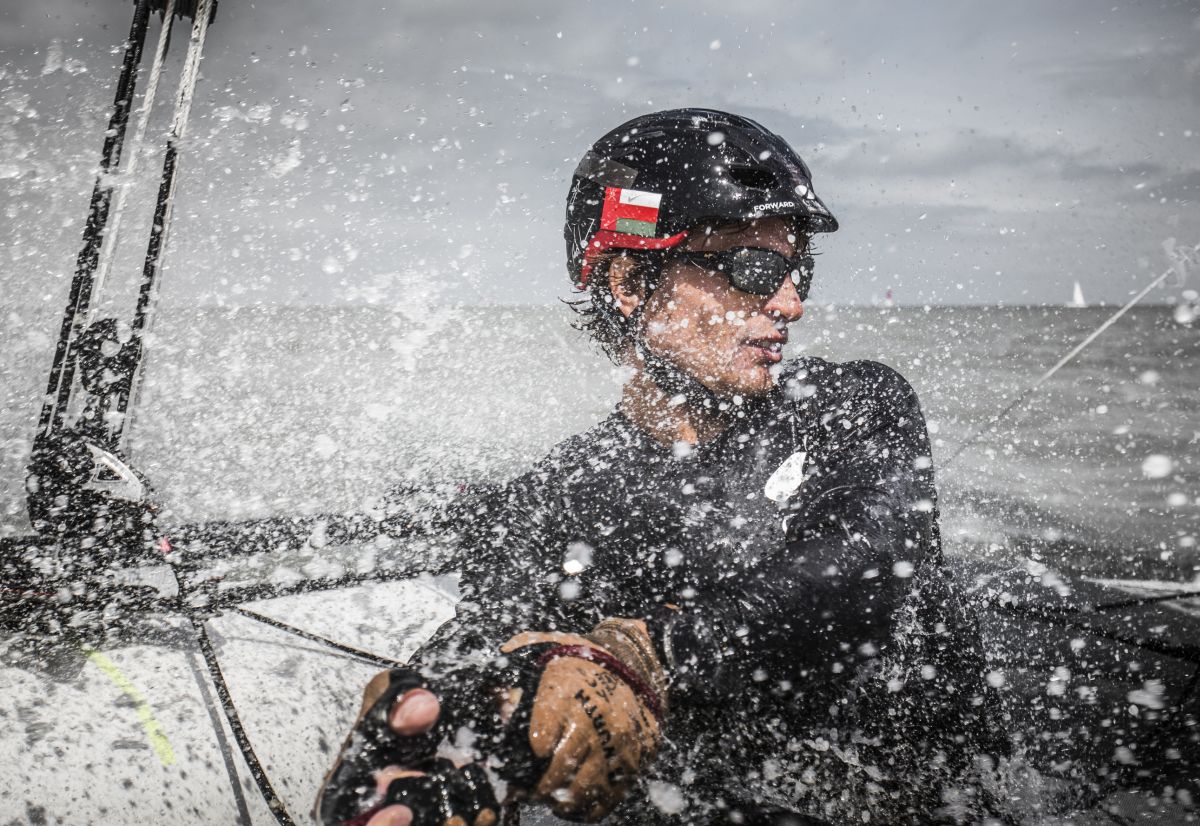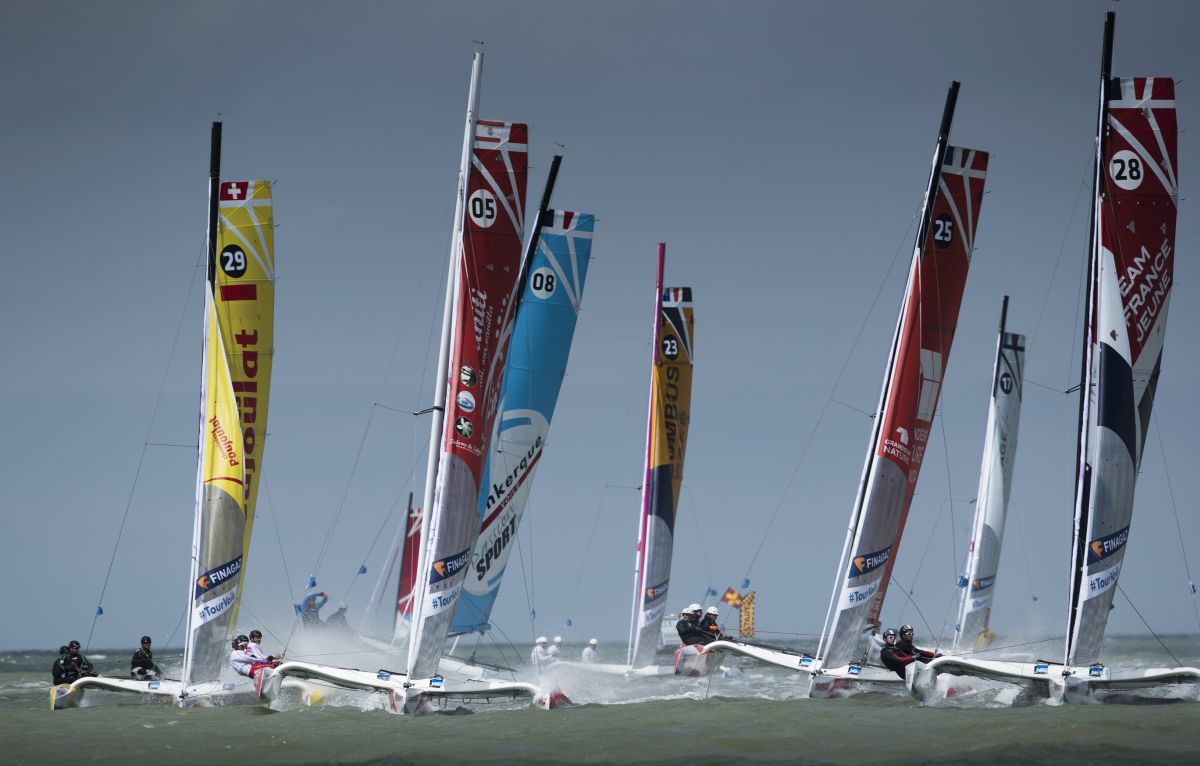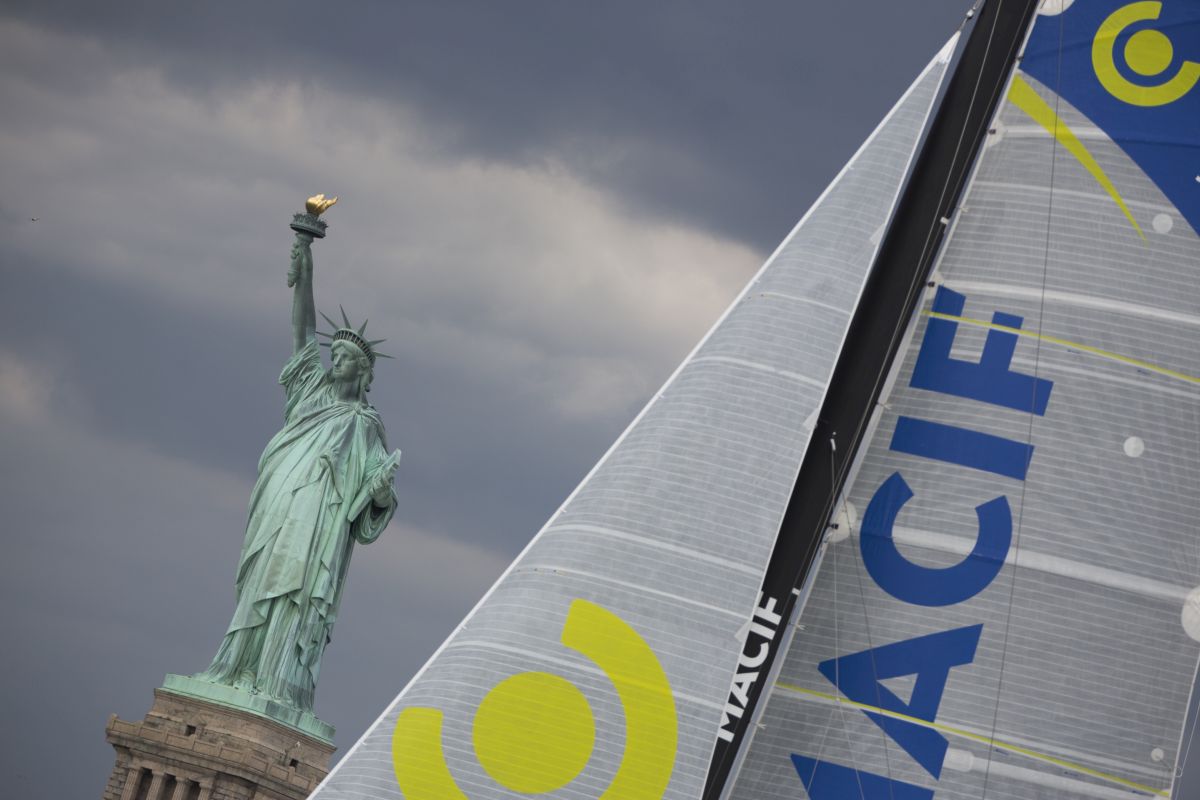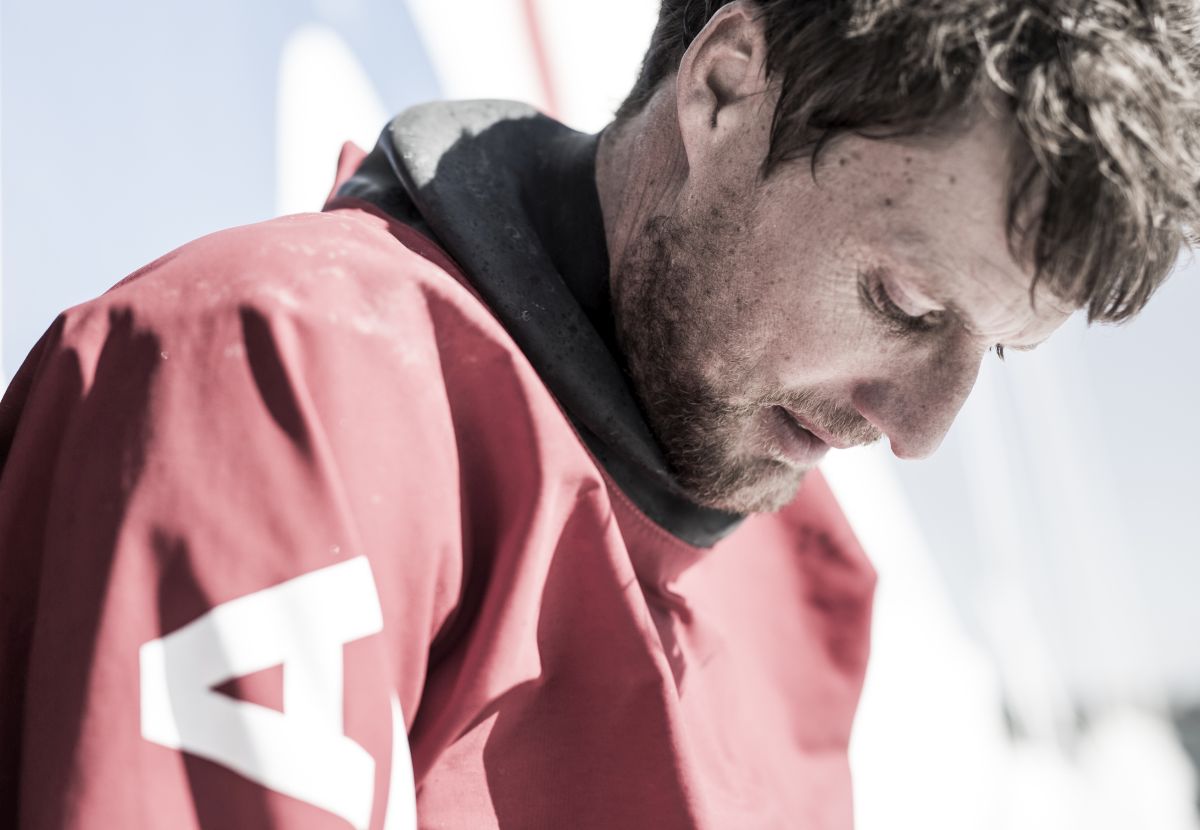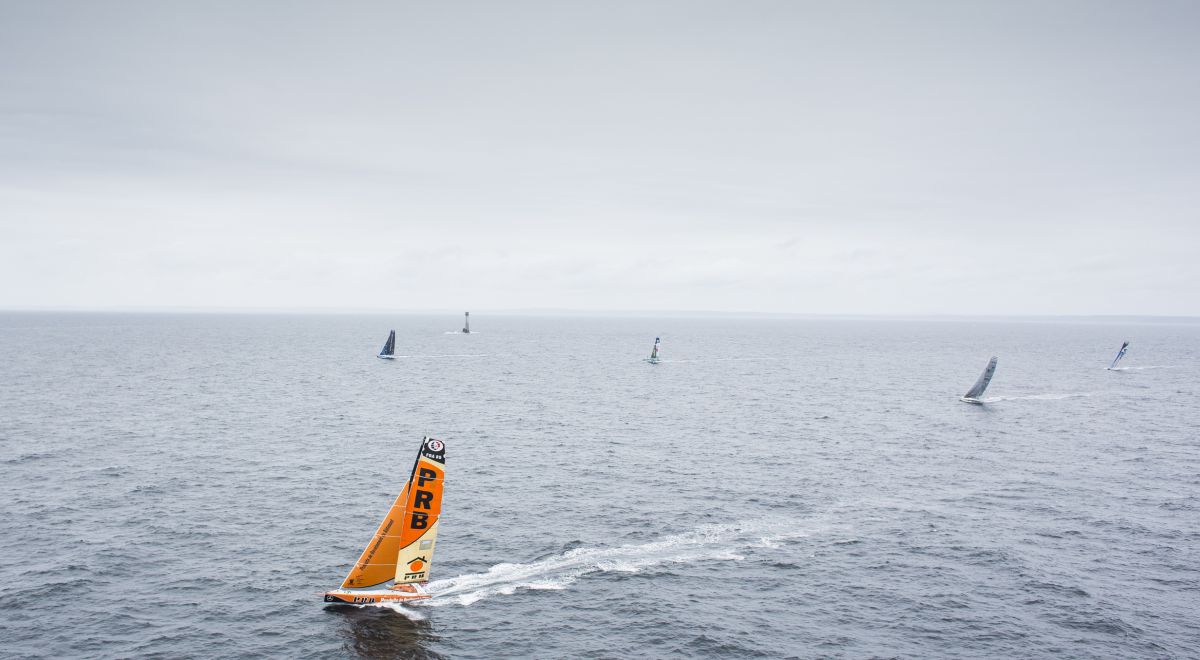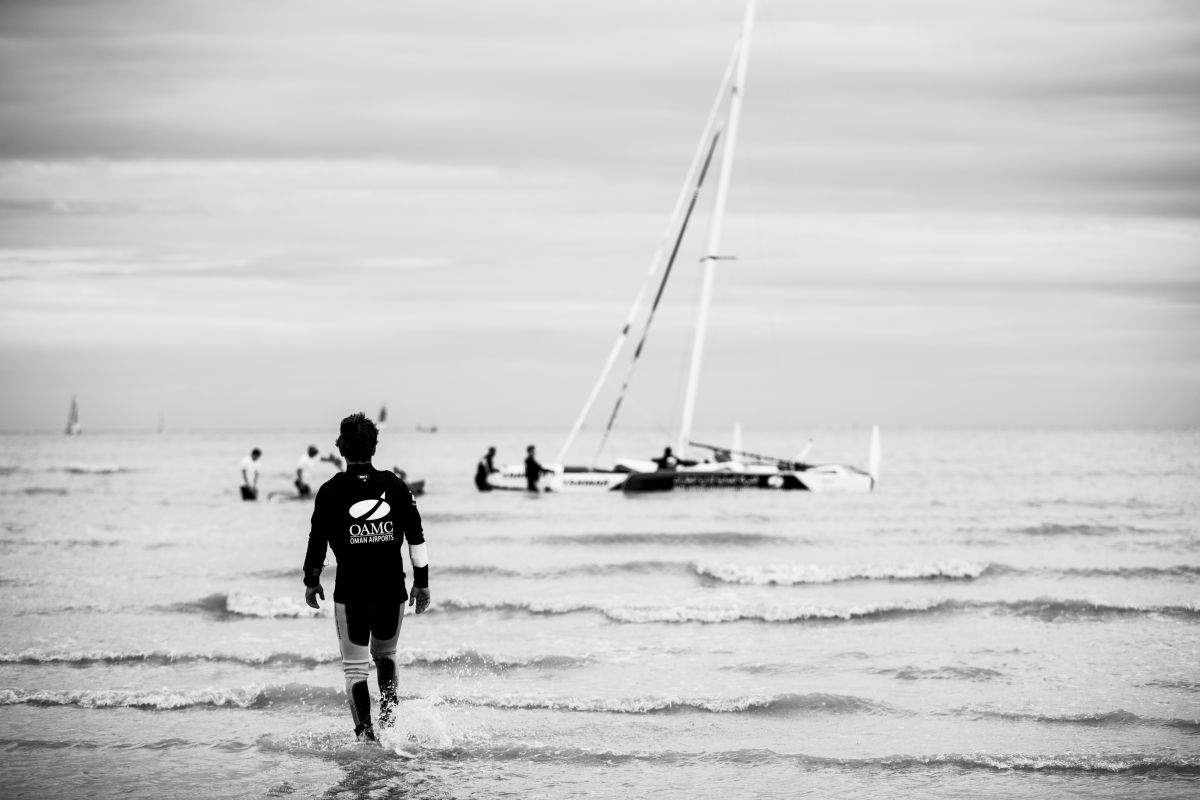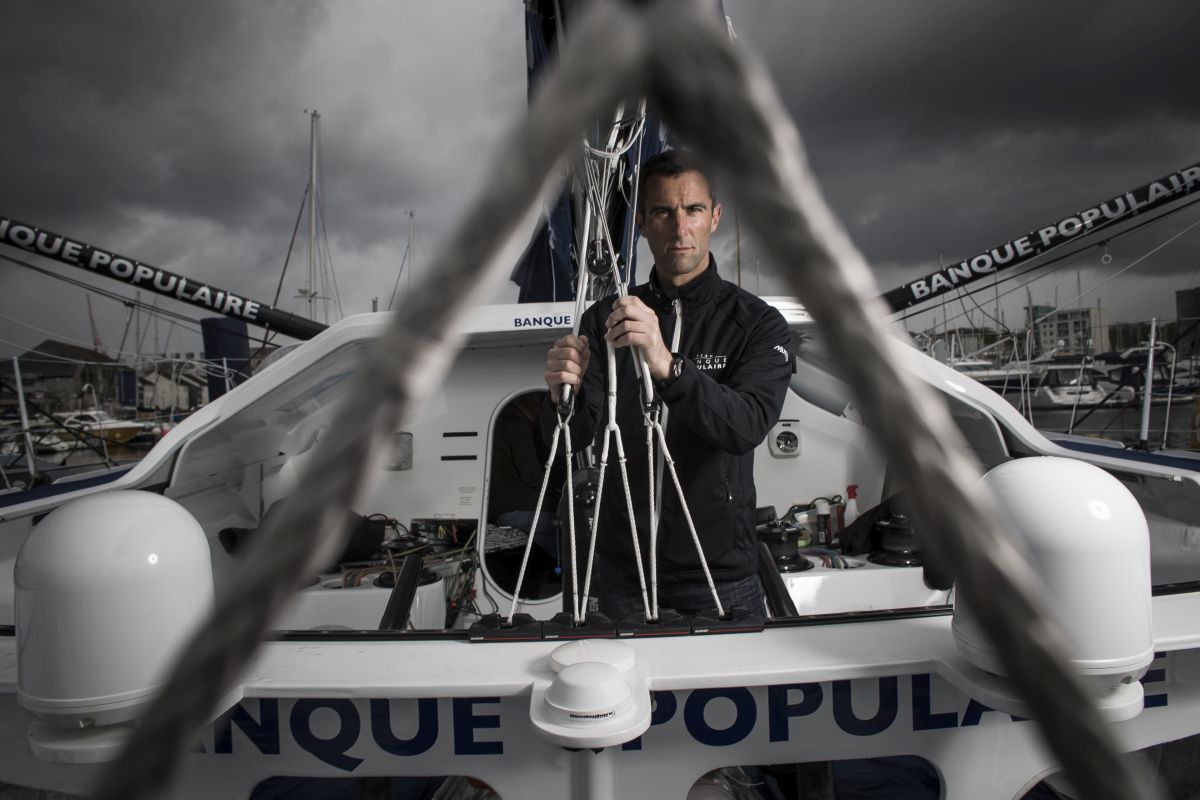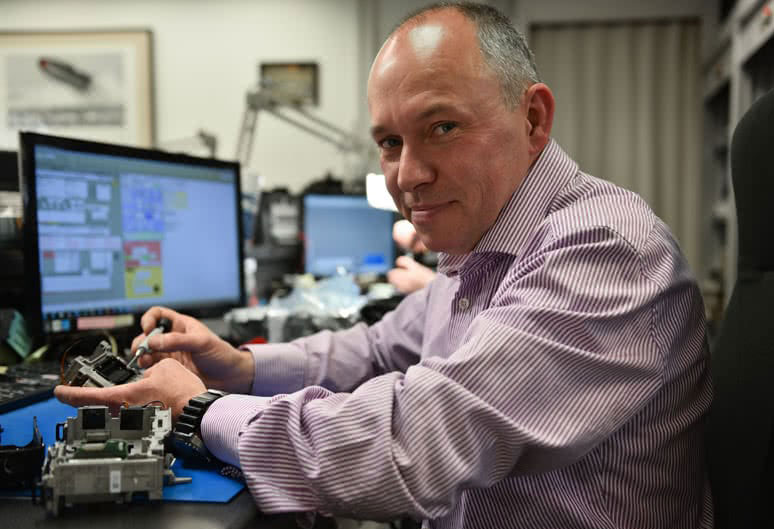Paula Stevens co-owned the business with Mike Allen for 28 years and was the driving force behind Fixation. She was a well known presence and highly respected in the photographic market, known by dealers and picture editors from the daily and regional newspapers. It was through her commitment that Fixation made connections and established relationships with big names such as Getty, Press Association, Reuters, Johnsons Press, Mirror Group and associated Newspapers. We sit down with her and discuss the beginning of Fixation, the ups and downs of her working life and what the future holds.
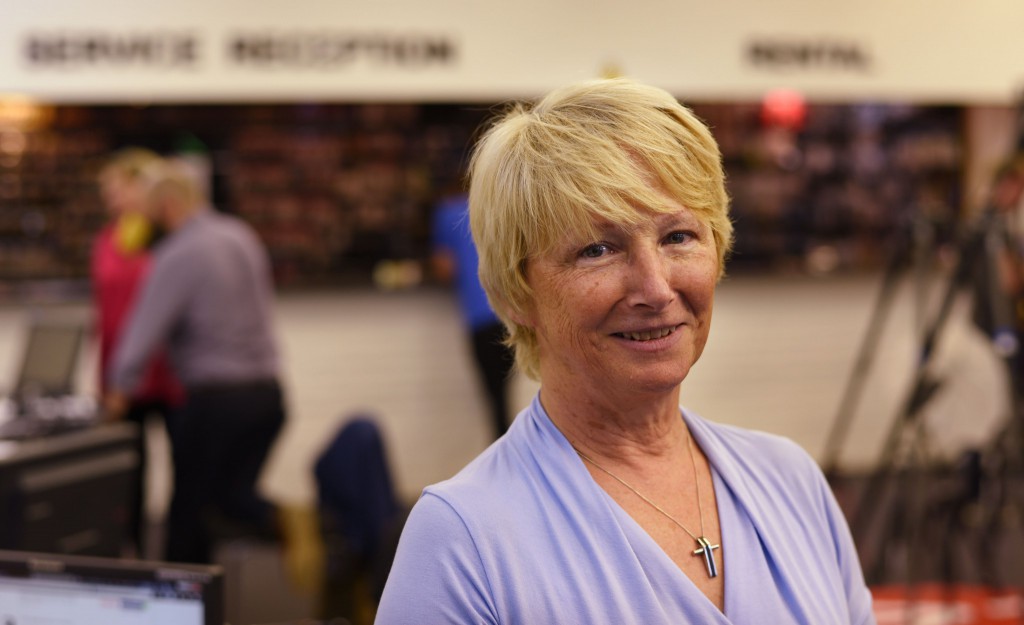
F: Hi Paula, thanks for taking the time to chat to us about your extended career and development of Fixation. Does it feel like you have achieved alot?
PS: It doesn’t really seem possible that I’m drawing towards the end of my working life, and celebrating helping Mike develop the company from being just him and Mick into the industry standard employing over 40 people that it is today. Over the last 15 years or so, as Mike became less involved in actually repairing equipment, I’ve become the day to day overall Manager, responsible for marketing and the website, personnel, the buildings, H&S, statutory duties and policy development, finance, backing up the sales team and keeping up to speed with photographic technological developments.
F: Have you always been interested in photography and cameras?
PS: We weren’t a very active family with a camera growing up. I remember us having a Kodak Instamatic. Dad would put a film in for the holidays one year, and then we’d finish that film over Christmas or the following year’s holidays! All the family photos are still in an old shoebox at my mum’s house. My first camera of my own was a Nikon FE2 with a 50mm lens which Mike gave me not long after we met, but I have to say it was some years before I really got enthused about taking pictures.
F: Was Fixation your first job?
PS: Fixation was my third career. I was brought up in Croydon and after deciding not to go to university I enrolled at Croydon Tech for a “private secretarial course” to please my mum as she said it would always allow me to get a job. I was a shy, timid secretary in my first job, a fast but hopelessly inaccurate typist in the days of manual typewriters, multiple carbon copies and typist’s erasers. (The erasers would later be an import tool at Fixation for cleaning battery contacts deep inside cameras, flashes and motor drives)
I wasn’t going to make it big in the secretarial world so I joined the management training scheme at Liberty department store in Regent Street. There I did excel and became the youngest ever buyer appointed! I bought Ladies Separates, Beachwear and Children’s wear, and am proud to have commissioned that almost transparent skirt in which Lady Di was famously photographed as she got to know Prince Charles. It was actually an elasticated-top sundress, but Diana was so tall she wore it as a skirt! Years later, this photo was included in our Arthur Edwards online gallery.
Mike and I met roller skating at the ‘Cornet of Horse Roller-Boogie Palace’ in Battersea one Friday night in 1980! That night changed the course of my life, and we were very quickly an item. About a year later Mike left Nikon where he was service manager and went to set up a camera workshop at KJP in Great Marlboro Street a few doors down from Liberty’s. After a few years there, where he met and trained Mick Edwards as a techician, he left to set up his own business in Vauxhall in the Bondway Business Centre.
F: Where did the name ‘Fixation’ come from?:
PS: I still recall the evening in early 1988 when the three of us sat over dinner in Stockwell, throwing around ideas for a name for the company. I got out the dictionary and looked up ‘Fix’ as we always used to call Mike ‘Mr Fix-it’. In the list of related words was “Fixation”, and we all agreed this was a great play on words, combining Fixing the cameras with an obsession to get it right.
At the time, I was becoming disillusioned with general retail work, as Sunday trading loomed, and was happy to have the diversion of going down to Vauxhall after a full-on day, and doing the invoicing, accounts and PAYE, as well as fixing late night sandwiches so the guys could work on and keep up with the fast-burgeoning work. Once I left Liberty I brushed up my typing and shorthand and got a morning secretarial job in Pall Mall, after which I would nip up to KJP and pick up their repairs, hop on the tube back to Vauxhall, and spend the afternoons booking in, dealing with customers, invoicing, learning to give the cameras their final clean so the guys could get on with the next repair, and becoming the general dogsbody!
F: Can you describe what Fixation was like in the beginning?
PS: In those early days, we had two rooms on the fifth floor in the corner of a rather unpreposessing Victorian warehouse building with a famously terrifying lift, totalling about 440 sq ft. But we had good daylight for the technicians and a little parking. I used to drive to Nikon twice a week to deliver subcontracted work and pick up spare parts, as well as bacon and cheese croissants for all the staff from Manuel’s bakery in Lower Richmond Road! I also drove our little Peuguot 206 van round to all the national newspapers to pick up and deliver repairs, as well as going the extra mile when necessary to help a photographer get his kit back in time for an important trip or assignment.
F: When was the first break through for the company?
PS: As business grew, we were able to take further units along the corridors and knock through to increase the space. I think it was in 1990 or ’92 that Mike and I went to Photokina in Cologne and saw the first Kodak digital SLR adapted from a Nikon F801. Whilst we were there, we had a meeting with Harry Collins, MD of Nikon UK and Mike’s old boss, who offered us “A” dealership terms so we could compete and develop the equipment sales side of the business, which helped to shape our future business model. Not long after that, Canon UK started to woo us to take on their pro kit repairs because pro customers were telling them that they wouldn’t swap to Canon from Nikon because they liked bringing their repairs to Fixation, and a few years later we were able to finally say yes to that.
F: What was the key to the growth of the Fixation?
PS: The expansion of the company has been driven by customer satisfaction and personal recommendation. We’ve always kept a low profile and not gone out of our way to attract non-pro clients (though of course we’ve not turned anyone away!) That has meant that the growth has been organic and customer-driven – providing what they really want and need. We have an extremely varied database including some very prestigious and high-profile clients and brands which I’m too modest to mention (and some we are not even allowed to!) Once we had done the 2012 Olympics and the Commonwealth Games pop-up shops in the press centres, we realised that Fixation had quietly become a ‘brand’ in its own right, and moved to consolidate that with some careful sponsorships specifically aimed at professional photographers.
F: How much have you had to learn during the development of the company over the last 28 years?
PS: It’s always been hard work; busy, busy days and long hours working into the evenings at home catching up with administration and “exciting” essentials like VAT and accounting, drafting policies, and employment documentation for our growing team…all the things that required peace and quiet and more concentration than was possible during the daytime hubbub at Fixation. I’ve been fortunate to be able to turn my hand to most tasks, and have taught myself many new skills as I’ve gone along. I’ve never been great at dealing with change though, and Mike had to push me kicking and screaming to learn about digital technologies in photography. In the end it was important in enabling me to help and coach a huge number of our customers to make the often terrifying leap in equipment change from film to digital.
F: Where there any perks or highlights to the job?
PS: When I met my new partner Andrew, we both became involved in taking pictures for Dorna, the organisers of MotoGP, doing publicity and marketing shots for the VIP Village service. This was fantastic for me! It got me out of the office 5 or six times a year when I probably wouldn’t otherwise have taken holidays, and I saw life from the other side of the camera. It certainly helped me appreciate the pressures under which our customers so often work, but usually involved me carrying a few repairs back to London in my back-pack for other snappers in the press rooms.
F: What do you think the future will be for Fixation?
PS: Mike and I remain extremely proud that the end of our relationship 16 years ago passed virtually unnoticed by our team and customers, and never jeopardised the stability of the company. We remain the closest of friends. We looked long and hard for the right team to take over our dream and vision, and carry it to the next level. We believe we found that in Michele Channer and Andrew Morrissey, backed by the Wex team. They have a wonderful company ethos of service and high standards, as well as all kinds of skills where we didn’t have the courage to venture. We are convinced that they will carry Fixation onward and upwards whilst staying true to our customers and what they really value in Fixation. It’s been an eye-opener over the last year to watch how they’ve already brought a sea change to our systems, website, stock mix and stock control, and to see the vision develop.
F: What was your proudest moment?
PS: Undoubtedly it was opening the Prophoto Centre in the Main Press Centre at London 2012 Olympics. Not only was it an honour to be asked by Bob Martin, the Photo Manager at this and so many other Olympics to do this, but for an organisation of Fixation’s size and limited resources to reproduce a mini version of itself in a pop up venue on the other side of London…Wow! You can have no idea of the hoops we had to jump through to comply with the IOC’s anti-commercial laws for on-site merchandise, let alone the security, bureaucracy and H&S regulations that were set by LOCOG! It truly was the Health and Safety Games, and caused me many sleepless nights and not a few tears of frustration!
Apart from that specific, I’m most proud of what our staff have achieved together. They’ve all grown too, and have a huge skill-set between them. Without them we’d have been nothing, and I’m eternally grateful for their support, enthusiasm, patience (when even I couldn’t make a decision!) and hard work, very often over and above the call of duty, which is a tribute to their loyalty to Mike and I. My fondest memory is tearfully telling them all how great they were and how well they had all done to support me at the company meeting at the end of our “Olympic Year”. It meant a lot to me to see a few others dabbing at their eyes as well! We’ve had some pretty awesome Christmas parties too!
F: Do you have a least favourite?
PS: Filling in when the cleaner was sick or on holidays. That’s my least favourite bit!
F: What will you miss most?
PS: Interacting with the customers without doubt. There’s rarely a day goes by when I don’t go down the showroom and find someone there I know well enough to give a hug to!
I’ve know so many of the clients since they were new to professional photography, know what kit they use, who they work for, where they live, etc. Many have become friends as well as customers. Knowing them and feeling their appreciation of what we’ve provided at Fixation has been the most rewarding part of my work, and made this the most life-affirming period in my career.
F: After such a fast-paced and lively career life, what are you planning on doing in your retirement?
PS: After Paula’s Retirement Party Week this week, I’ll be celebrating my 64th birthday a week later, taking a short holiday, and then concentrating on my bucket list. I’ve already bought my watercolours, booked in for Spanish classes, volunteered as a director on the residents’ committee at my new home in Taplow, got the fitness kit and gym membership, and some new cookery books! I sincerely hope to be one of those who says ‘I don’t know how I ever found time to work’!

